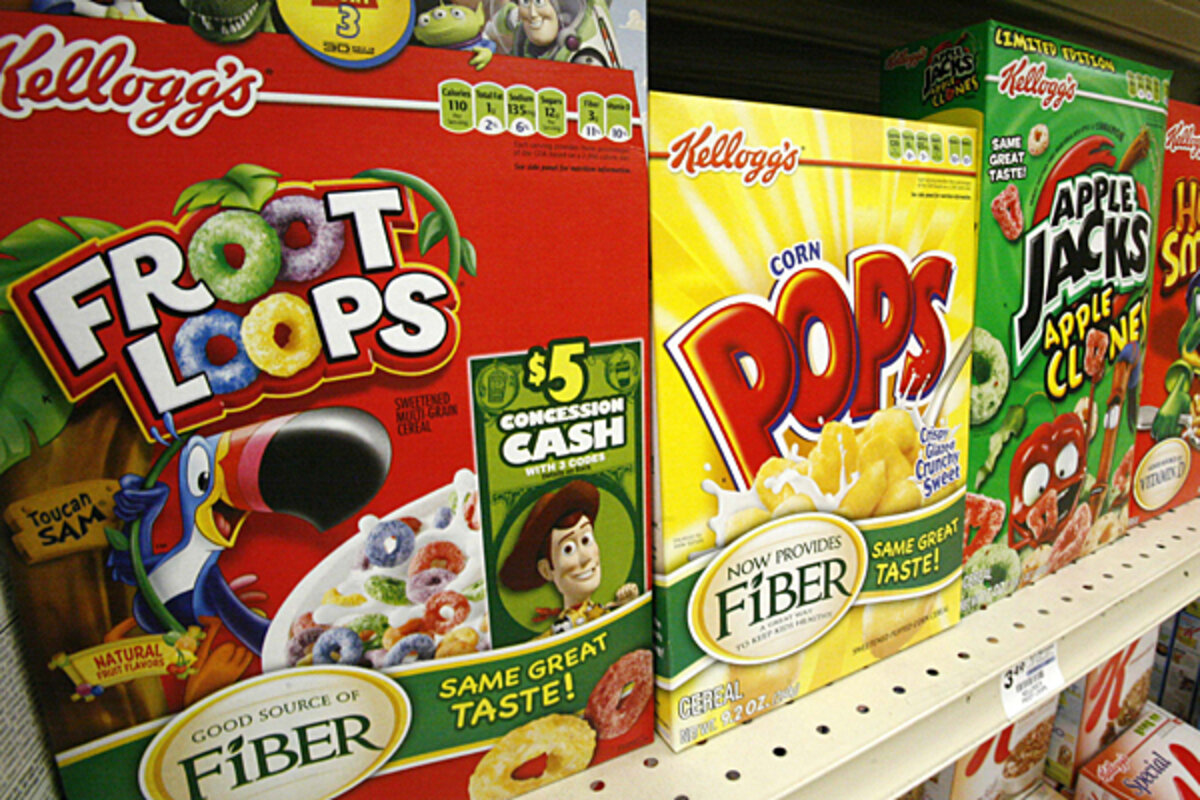Make saving money part of your routine
Loading...
Our lives are enormous collections of routines.
On a typical morning, I get out of bed, put on adequate clothes to be presentable if I have to answer the door, take my Synthroid, go to the bathroom, brush my teeth, check my email, wake up the children, prepare breakfast for us, eat breakfast, help my youngest child to get dressed, bundle everyone up, walk to the bus stop with my children, then return home to take a shower and start my workday.
�վ����ٳܲ���������every single weekday begins with this routine. There’s very little variation in that routine. It’s just what I do.
These activities are the commonplace elements of my life. I barely think about them. I go through those steps so automatically that, unless I make a conscious effort to think about those steps, I simply do them without extensive conscious thought.
However, there are financial implications with many of the steps in that routine.
When I brush my teeth, I consume some amount of toothpaste and mouthwash.
When I prepare breakfast for the family, I use up some portion of the breakfast food on hand.
When I use the restroom���ǰ���take a shower, I use up toiletries and water.
All I have to do is make some very simple alterations to those routines in order to cut back on my spending.
For example, all I really need to brush my teeth is a dot of toothpaste. If I cut my toothpaste usage down to the lowest amount I actually need to get my teeth clean, I’m going to get many more uses out of a tube than before. If I can slide back the purchase of a $3 tube of toothpaste from 45 days to 90 days, then I’m saving $12 a year.
The same goes for mouthwash. How much do I actually need to ensure fresh breath? It’s incredibly easy to use more than you need, so if you just get a cup that easily measures about half the recommended amount (which is what I need), then you’re going to get many more uses out of a bottle. Again, if I slide back the purchase of a $3 bottle of mouthwash from 45 days to 90 days, I’m saving $12 per year.
My children typically request one of three things for breakfast: oatmeal, Cheerios, or toast with jelly.
Let’s say they have oatmeal twice a week. If I switch to buying bulk oatmeal, I can cut down the cost per serving of oatmeal by $0.05. That’s ten servings a week – $0.50 – times fifty weeks (give or take), giving us an annual savings of $25.
If I stop buying the name brand cereal and replace that cereal with a bag of generic cereal of the same type, saving $0.50 on the purchase, that helps out with the next ten bowls of cereal at $0.05 per bowl. If we have cereal twice a week, that’s $25 per year.
With toast and jelly, I just watch for sales on jelly. A jar of jelly lasts about 45 days at our house. If I can save $0.50 on a jar of jelly, that adds up to $4 in annual savings.
I’ve just saved $78 per year by just tweaking the commonplace elements in my life.
What do your routines look like? What elements of those routines can be tweaked a bit without reducing the benefits of the routine? If you can alter the routine just enough to save a bit of money each day, it starts really adding up over time.





